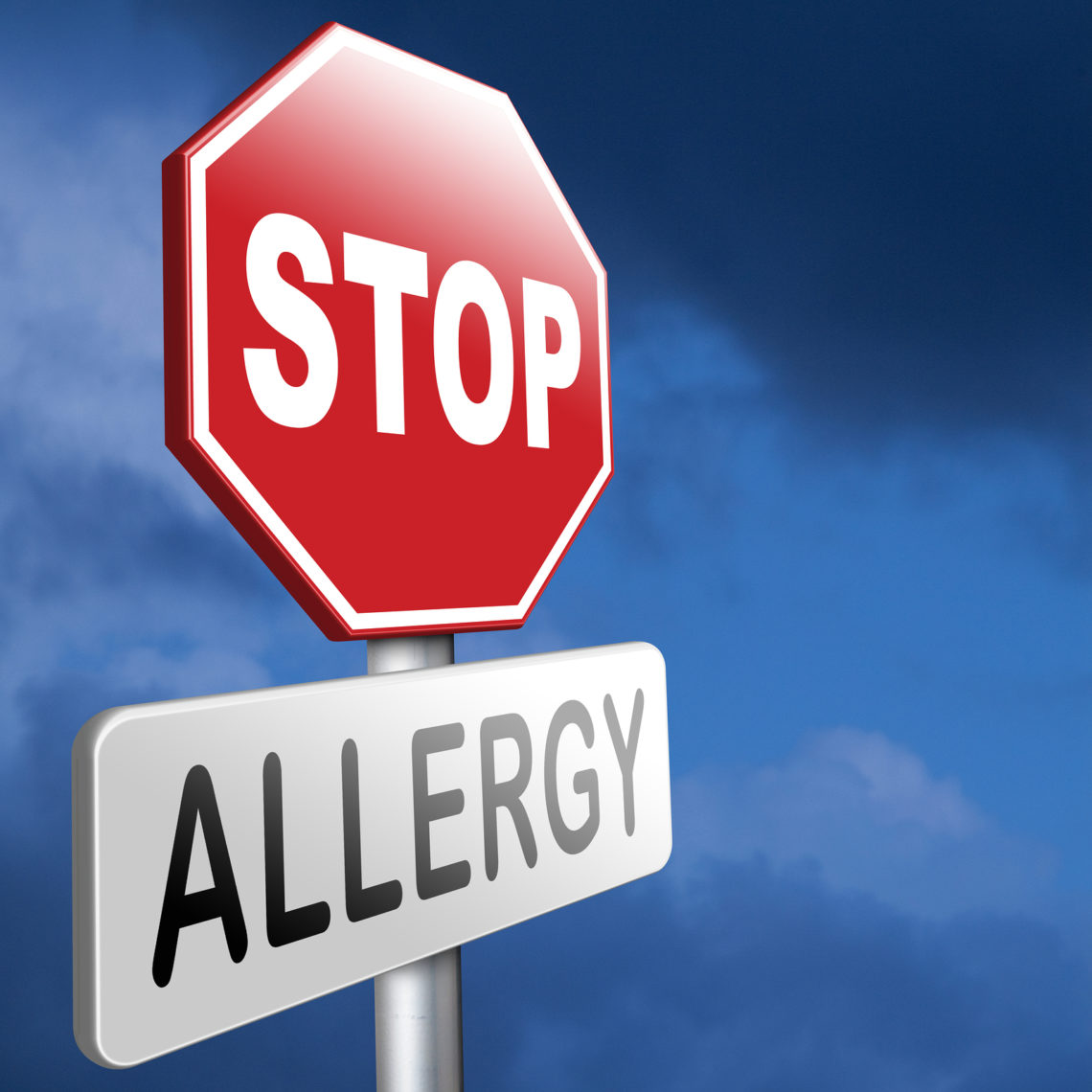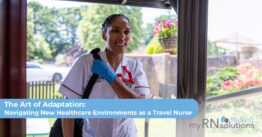
I can’t believe it: this post marks one full year of blogging about my life as a nurse. That seems crazy! I’ve heard it said that we tend to overestimate what we can do in a day but underestimate what we can do in a year. I feel like this is true for me as a blogger. I have never considered myself an eloquent or prolific writer, but here I am, twenty-five blogs and thousands of words later. To those who have taken the time to read my thoughts, thank you! Even if it’s been the occasional quick read, I am honored that you take the time to read about my nursing experience.
I want to talk about emergency situations, particularly because of recent events that have happened in my office.
One of the first things that my coworkers and I did as we were setting up our allergy and asthma office last year was to write up an emergency protocol and stock our emergency crash cart.
I’m not joking when I say that the red emergency cart was pretty much our first piece of furniture in the office. And the first printed piece of paper was a detailed description of the roles and responsibilities of each person in case of an allergic reaction.
The kicker about emergencies is that you never know when they will happen, how fast the onset will be, or how severe it will be.
We prioritized the protocol and the supplies: it’s crucial to be prepared at all times. Especially when you are working in an allergy office and doing frequent food challenges.
Food Challenges
A food challenge looks like this: It’s possible to outgrow certain allergies, so my doctor uses many data points to determine if a patient is a good candidate to attempt a food challenge. It’s typically a four-hour-long office visit where the patient comes in to try oral ingestion of a food that they have previously been avoiding. We typically do food challenges in children, most often ages one year up to late teens. A dose of food is given every 15-20 minutes, slowly increasing in amount, until the patient has ingested an entire serving. After the final food dose, the patient waits in our office for several hours in case of a delayed reaction.
My job as a nurse during food challenges is to assess the patient’s vitals, listen to the patient’s lungs, and do frequent skin checks (to monitor for hives).
I also measure out the food doses that are given throughout the challenge. The amount of food given at each dose depends on the patient’s weight, the amount of protein in the food, and what the total serving size is for that particular food.
Additionally, I have the emergency medications (epinephrine, ranitidine, prednisolone, Zyrtec®, and Benadryl® measured out and ready to go in case it is needed at any point during the challenge.
Real-life allergy test
Recently, we had an elementary-age patient come in for a baked milk challenge. (This is typically the first food challenge someone who is allergic to cow’s milk might have since baking milk in the oven can affect the proteins in the milk and make it easier for the allergic patient to tolerate. We have a recipe for muffins with baked milk that the patient brings in for the food challenge).
Milk allergies are also common to outgrow, so we had hope that this might be a successful challenge. However, we still prepared our traditional emergency medications in case of an emergency.
The challenge itself seemed to go well: the patient ate the entire muffin in increasing doses over the course of three hours. She was engaging and fun, spending her long office visit doing homework, coloring, and watching TV on her tablet.
At the three-hour mark, she began to complain of an upset stomach.
Then she began to display a hive on her leg, then her arm, then her trunk.
Then the wheezing began.
It all happened so fast, and it was go time in no time.
Our doctor gave the orders for epinephrine, and soon the cascade of emergency protocols and medications began rolling out, just as we had prepared for.
We were simultaneously giving medication, documenting the progression of symptoms and treatments, monitoring vitals, and calming the patient and her mother.
And then we wait…
We continued to monitor the patient for several hours after the last dose of medication, and her body slowly normalized: her heart rate came down, her full body hives melted away, and her lungs became clear again.
We did our best to cheer her up, but you could tell that she was scared and bummed out. After all, she had eaten the whole muffin and had thought that maybe she would be able to finally tolerate baked milk!
She thought she had made the first step in outgrowing her milk allergy. But then her hopes were shot and her confusing body decided to react, and suddenly she couldn’t breathe as well, her skin was fire-red angry, and her gut was having sharp pains.
To top it all off, she had to get poked by a needle! That’s a lot for any person, but for a young elementary-age girl, that can be downright terrifying.
These events reemphasized the truth that emergencies are never planned, but need to be prepared for.
I’ve set out emergency medications for dozens of food challenges and rarely need to administer them, but when I do need to reach for the Zyrtec or the epinephrine, I need to have them ready in both the proper dose and administration vehicle so that the medication is given precisely and timely.
In allergy, quick response is key for patient safety.









Write a comment: